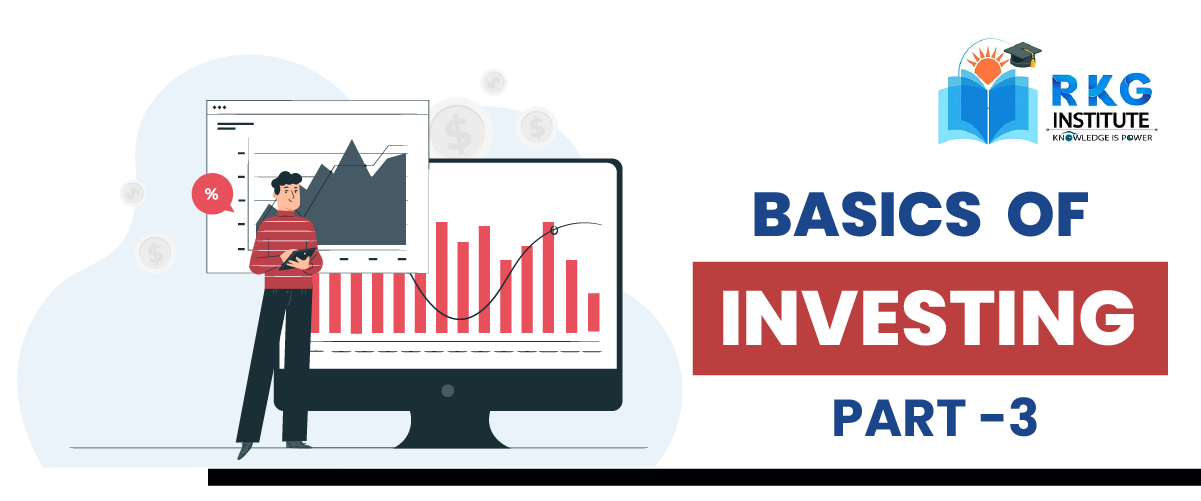By now, you must have understood the meaning and working of mutual funds, share, stocks and bonds, and hopefully, you may have also realised the significance of investing as a student. But how do we actually start? How do we know when to buy or sell a stock or a mutual fund unit? As a student, or a beginner, you neither have that intense knowledge or time to keep yourself updated and worried about the stock prices. What if we tell you that you can invest regularly, without being concerned of the highs or lows of prices, and still get a fascinating return over a period of time? This blog will introduce you to the concept of Systematic Investment Plan, popularly abbreviated as SIP, and its magical compounding power.
Systematic Investment Plan (SIP)
There are two ways to invest in mutual funds –
(a) When you invest all your money in one go, and wait for the convenient time and price to sell the units. This is called lump-sum investment.
(b) When you invest a fixed amount of money, monthly, weekly, quarterly or semi-annually, irrespective of the price or market condition, continuously for a considerable period of time. This is called SIP investment.
In simple words, investing in mutual funds with fixed amount and at regular intervals is called investing through SIP. It means that irrespective of the NAV (unit price of a mutual fund), you will continue to invest your pre decided fixed amount of money every month (or any other interval). Even if the NAV falls, or rises. If you decide to invest ₹2000 every month for 5 years, you will have to do it every month for 5 years, without being bothered about the prices. And this, over a period of time, will return you immense money, which will be described later in this blog through examples.
Here’s an example to clear out your basic concepts.

In the mutual fund attached above (not a buying recommendation), you can see the minimum SIP amount is ₹100 only, which means that you can invest as low as ₹100 per month. The Net Asset Value (NAV) is about ₹405, which indicates the price of one unit of this mutual fund and is used for lump sum investing. Also, it has been indicated that this is a very high risk fund, but with an attractive return of 20.58% per annum. The graph indicates the fluctuations in the fund.
Benefits of SIP investing for students/beginners
- You don’t need to bother about when to buy a mutual fund and when to sell it. It is a disciplined habit of investing every month, without any second thoughts. Thus, it is one of the most peaceful ways to invest.
- Considering your young age, if you start investing even as small as ₹2000-3000 per month till the time you retire, you will have unbelievable returns. SIP works on the principle of compounding, so longer the time, more are the returns.
- SIPs start from as low as ₹100 per month! So it is very affordable.
The Magic of compounding
Compounding, in simple terms, means that you receive interest on your cumulative amount, not on the principal amount. For example, lets suppose that you invest ₹100 at a place with 10% annual compound interest. In the first year, you will get ₹10 as an interest, while in the second year, you will receive returns on cumulative amount of ₹110, i.e., ₹11. The third year will fetch you ₹12.1 as an interest and this amount will keep increasing every year. Longer the time you stay, broader will be the cumulative amount with higher returns. The graph of compound interest rises rapidly after a considerable amount of time, unlike the graph of simple interest which is a straight line.

Now let us come back to SIP. Let’s suppose that you have ₹2000 to invest per month and you invest this in a mutual fund with annual return of 13%, very easily achievable. Let us compare what results you will get if you invest for 10 years, and for 30 years respectively.
Case 1 : ₹2000 per month for 10 years.
Total amount invested = ₹2,40,000
Estimated returns = ₹2,53,361
Total amount of money you will receive = ₹4,93,361

This means that you have almost doubled your money in 10 years. Not a bad deal. But let’s have a look at the results if you invested for 30 years.
Case 2: ₹2000 per month for 30 years
Total amount invested = ₹7,20,000
Estimated returns = ₹81,21,294
Total amount of money you will receive = ₹88,41,294

Isn’t that unbelievable and crazy! You invest only ₹7,20,000 and get ₹88,41,294 in 30 years! In fact, if you continue the same for 40 years, you can be a crorepati when you retire, only at ₹2000 per month!
Most of the people, when they start gaining financial knowledge in their 20s and 30s, aren’t left with this considerable amount of time where SIP can show its magic. You, being a young fellow, can grab the most out of it by taking advantage of your age.

How to invest in SIPs ?
With everything coming online, you can invest in stocks, mutual funds, bonds, cryptocurrencies and everything else at the comfort of your home, with one click. There can certain apps that charge no commission, thus increasing your returns.
- Understand the amount of risk that you can bear and choose a mutual fund accordingly. Do not choose a high risk fund if your risk toleration is low.
- Read the terms and conditions carefully and understand the risks involved.
- Choose a fixed date and amount to invest.
- Decide the duration for which you will invest based on your financial goals and plans. More the duration, larger will be the benefits.
- Invest your amount of this month. You are ready to go!
We hope you enjoyed learning a new concept. Comment down any related queries.
Happy investing!


